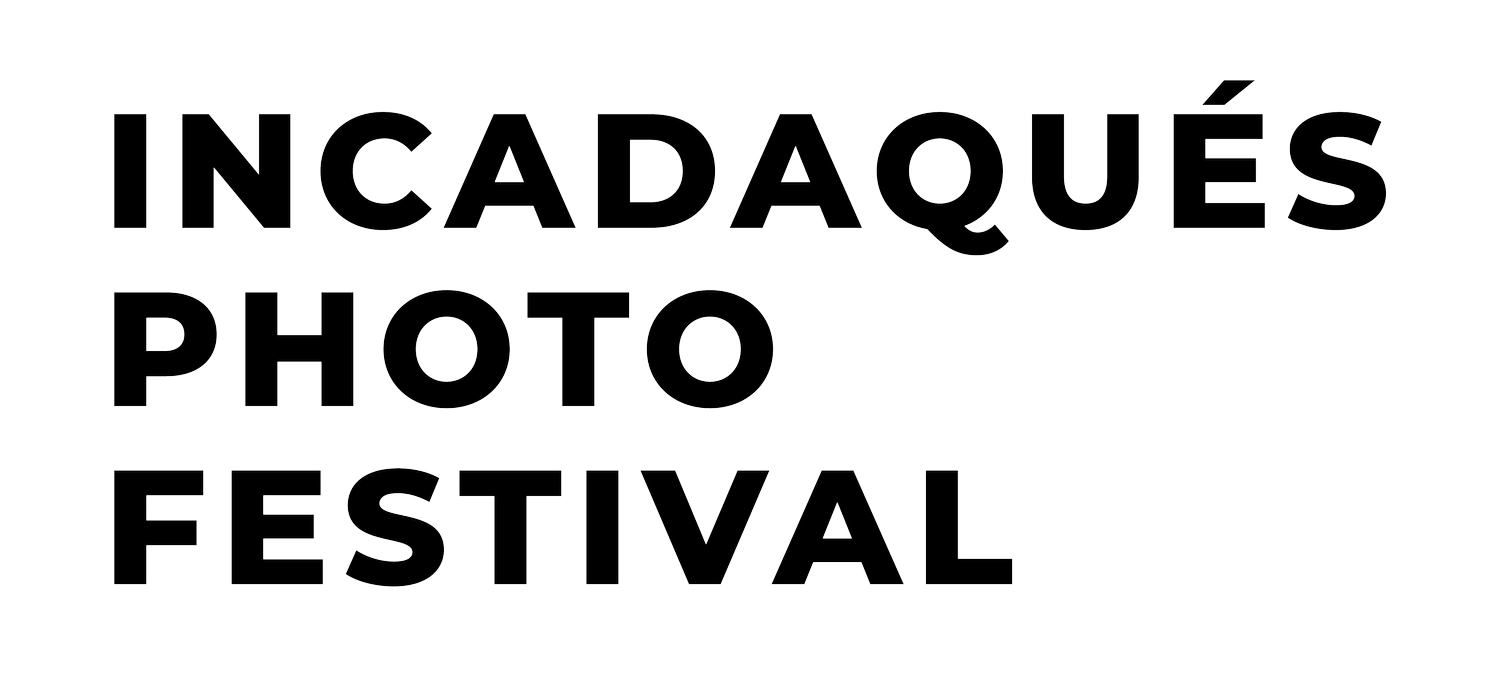Instagram @manzo.paolo
Paolo Manzo
ITALIE
Paolo Manzo is a photographer based in Naples (Italy) and trained in photography there and at the “IED” (European Institute of Design) in Rome. The desire to know and to tell the stories of the Napolitan suburbs arose during his adolescence when, driving home with his parents, he crossed a peripheral road in the eastern area of Naples. Putting his head out of the window of his father's old Fiat Panda 750, he would stop to look at a cluster of tall reinforced concrete buildings, fantasizing about the lives of the inhabitants and wondering if they experienced the same difficulties as his family. From those childhood memories and his experiences living in the suburbs, the desire to document the most challenging areas, such as those in the northeast and west of Naples, was born. Since 2012, through his photography, he has been documenting the territorial metamorphosis due to the migration of victims from the 1980 Irpinia earthquake to the peripheral areas of Naples.
- SERIES -
The Invisibile City
“La città invisibile” (The Invisible City) is a photographic project that explores the deep roots of the social, economic, and cultural problems that plague the city of Naples. I have spent years documenting the consequences and negative effects of ineffective policies and lack of institutional intervention. The aim of my work is to show the dark and dramatic side of economic inequality, social injustice, and urban segregation. I have tried to tell the stories of people struggling to survive in the most marginalized areas, such as Afragola, Caivano, Ponticelli, Secondigliano, Torre Annunziata, Pianura, and Scampia. These are all neighborhoods that sprang up after the 1981 earthquake, taking in people displaced from the city center. Abusive building practices have made these places the natural habitat of a precarious and violent life, condemned to poverty, degradation, guns, and drugs. Naples turns out to be one of the Italian cities with the highest crime rate in the world, where educational poverty is a growing problem, and the number of NEET (not in employment, education, or training) young people is increasing. Opportunities for young people are closely linked to the economic and cultural conditions of their families, and the suburban environment increases the risk of early school leaving and involvement in illegal activities, creating a sense of precariousness that fuels a vicious circle and worsens the conditions of those involved. At a time when the very roots of photojournalism are being challenged by new technologies, my project “The Invisible City” aims to reinforce the photographic narrative as an authentic account of specific situations.














